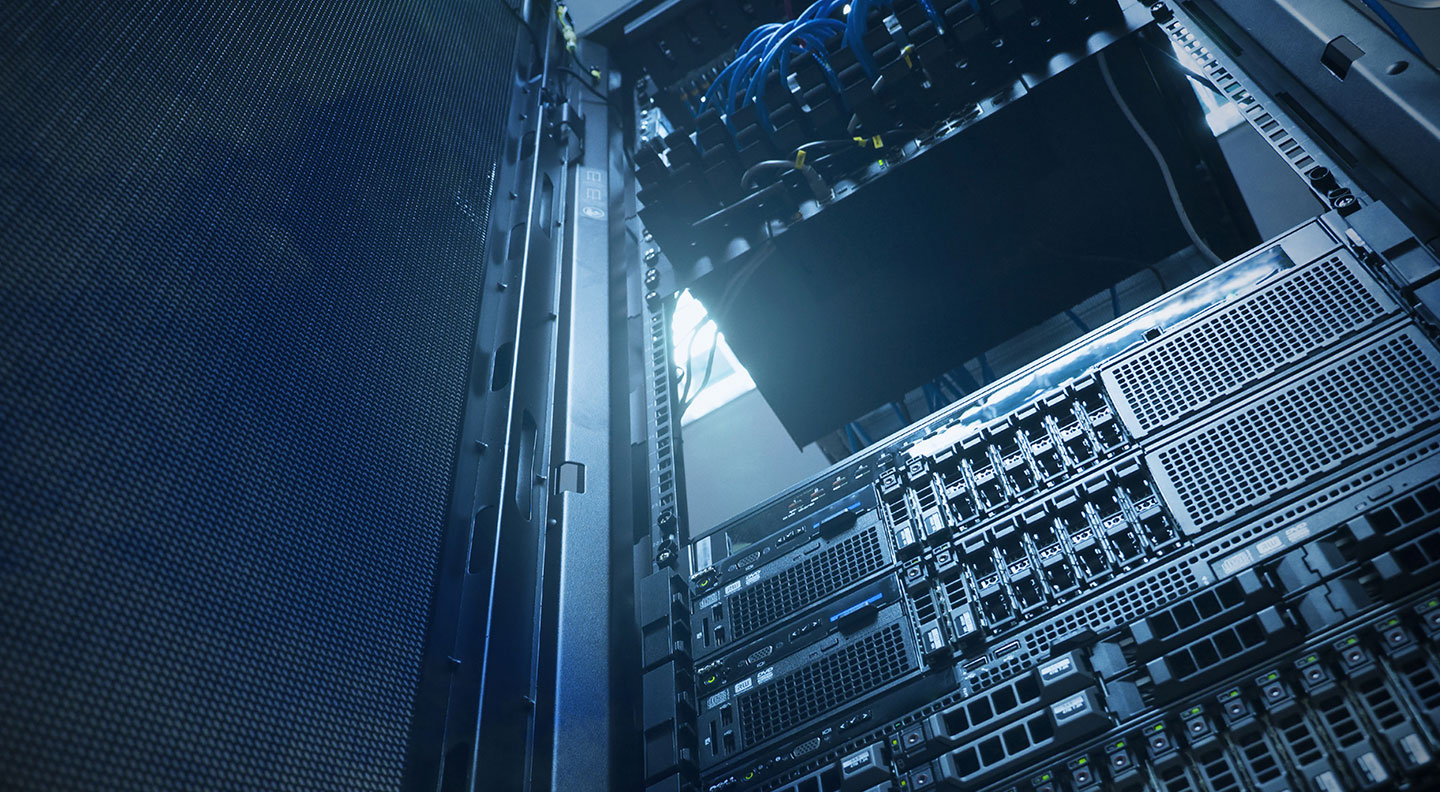Speed. Strength. Reliability.
As technology manufacturers race to innovate and maintain momentum, the world of 5G is opening new levels of speed and acceleration. The worldwide 5G network infrastructure market revenue will almost double in 2020 to reach $8.1 billion, according to the latest forecast by Gartner, Inc., and enterprises are spending almost $200bn a year on buying or accessing data center facilities.
Subsequently, over the last five years the e-waste industry has seen much growth in cloud infrastructure equipment and will only continue to see increased volumes of material coming from data centers and enterprises. This includes equipment from data centers, internet-connected devices and cell networks. Specifically, items collected tend to be servers, racks, hard drives (SSDs, HDDs), memory, switches, routing equipment, CPUs and storage equipment. Additionally, there is usually peripheral equipment involved (i.e. cabling, HVAC, USPs).
Recycling cloud infrastructure equipment involves a unique set of requirements.
This equipment is not predicted to have any insurmountable challenges involved in the recycling of it, but there are different requirements than traditional desktop and on-premise networking equipment. These challenges may include:
Access: Data center locations must maintain strict controls on access to their sites and require careful project planning.
Tracking and Traceability:This equipment requires specific handling, packaging and transportation to ensure value is not lost in transit.
Transport: Larger rack systems and server units require more use of space in transportation and storage. To maintain economical and sustainable transportation, a level of disassembly onsite can be of benefit. SLS maintains strong packing guidelines – visit www.simslifecycle.com/logistics
Data Destruction: Predominately, data centers require data destruction to take place onsite. Data is destroyed using small shredding units, disk crushers and software solutions. Physical destruction options can have associated challenges with noise and dust that need to be mitigated, which is why this process is usually outsourced.
Responsible reuse and recycling of cloud infrastructure equipment is costly.
The loss of valuable components and materials due to poor management of electronic waste should be everyone’s concern. The depletion of materials required for electronics and the environmental impact of mining them is significant. Utilizing responsible reuse and recycling practices will help divert waste from landfill. There is enormous untapped potential in the reuse of electronics whether as whole units, as parts and components, and as base materials to reclaim and conserve resources.
SLS participates in the World Business Council for Sustainable Development and the WEF’s Circular Economy Pathway, together with OEMs and industries from across the electronics supply chain to investigate realistic options for circular electronics lifecycles.
Cheap solutions may not be responsible options. A large contributor to e-waste going unreported may result from companies seeking low-cost solutions for electronics disposal. Often inexpensive disposal options cause products to end up incinerated or disposed of in a landfill where in both cases valuable materials are likely not recovered and recycled into new products.

Critical raw materials within cloud infrastructure equipment are challenging to recover.
Data center equipment typically contains several elements that appear on the critical raw material risk list including: rare earth elements, germanium, platinum group elements, lithium, tantalum, selenium, lead, copper and gold. These elements are typically contained in batteries, and polychlorinated biphenyls (PCBs) found in plastics.
Most critical raw materials are lost in the slag as part of the refining process and are not economically recoverable. There is an opportunity to find an economically viable critical raw material recovery process.
Sims Lifecycle Services works hard to address global resource scarcity and is facilitating the urban mining of valuable and scarce materials, as well as working with manufacturers to increase the circularity of their products by:
- Extending lifecycles,
- Increasing reuse within their distribution networks, and
- Putting circular materials back into their manufacturing streams.
A more holistic and multidisciplinary approach is necessary to foster a circular economy.
There is room for improvement on governance initiatives to have greater focus on cascading reuse, repair, maintenance, remanufacturing and recycling. Recent studies highlight that a more holistic or multidisciplinary approach is necessary to foster a circular economy emphasizing not only production and recycling but the important role of the consumer. Demand for circular products must increase to tip the balance, which would mean changing consumer behaviors is a challenge that needs to be overcome.
There are also more opportunities for companies to redeploy parts and components from standardized or OCP equipment. Organizations using their own custom servers have the opportunity to partner with a recycler for input on considering reuse into their server design. These considerations might help their equipment operate longer, make the repair and refurbishment easier, and might incorporate only materials that can be recycled without residual materials going to landfill.
Compatibility of assemblies and sub-assemblies, ease of dismantling and replacement and availability of firmware updates would support increased reuse rates.
